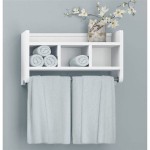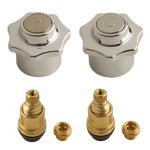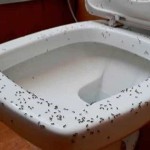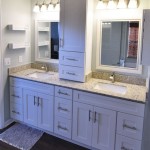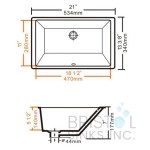Part of a Bathroom Sink
The bathroom sink, a ubiquitous fixture in modern homes, is a combination of several components that work together to provide a functional and aesthetically pleasing washbasin. Each part of the sink serves a specific purpose, contributing to its overall usability and style. Understanding the different components of a bathroom sink can help you make informed choices when selecting, installing, or maintaining this essential bathroom element.
1. Sink Basin:
The sink basin is the primary component of the sink, providing the actual bowl where water collects and drains. It can vary in shape, size, and material, influencing the overall look and functionality of the sink. Common materials used for sink basins include ceramic, porcelain, acrylic, and stainless steel, each offering unique advantages in terms of durability, ease of cleaning, and aesthetic appeal.
2. Faucet:
The faucet is responsible for controlling the flow of water into the sink. It typically consists of a spout that dispenses water, a handle or lever to adjust the temperature and flow rate, and a base that connects to the sink's plumbing system. Faucets come in various designs, finishes, and configurations, allowing for customization to match the overall bathroom decor and user preferences.
3. Drain Assembly:
The drain assembly allows water to drain from the sink basin into the plumbing system. It consists of a drain hole at the bottom of the basin, a strainer or pop-up stopper to prevent debris from clogging the drain, and a tailpipe that connects to the sink's trap. The type of drain assembly can vary depending on the sink design and personal preferences.
4. Trap:
The trap is a curved pipe connected to the tailpipe of the drain assembly. It holds a small amount of water, creating a seal that prevents sewer gases from escaping into the bathroom. This water seal also helps prevent clogs from forming in the drain line.
5. Pedestal or Vanity Cabinet:
Pedestal sinks are supported by a single pedestal or column, while vanity sinks are installed on top of a vanity cabinet. The pedestal or vanity cabinet provides support for the sink and conceals the plumbing and drain pipes, creating a more finished and aesthetically pleasing look. Vanity cabinets often offer additional storage space for bathroom essentials.
6. Backsplash:
A backsplash is a vertical panel installed behind the sink to protect the wall from water splashes and moisture damage. It can be made from various materials such as tile, stone, or glass, and adds a decorative element to the sink area.
7. Accessories:
Additional accessories can enhance the functionality and style of a bathroom sink. These may include soap dispensers, toothbrush holders, towel bars, and grab bars. Choosing accessories that match the overall design of the sink and bathroom creates a cohesive and visually appealing space.
Understanding the different parts of a bathroom sink is essential for selecting, installing, and maintaining this important bathroom fixture. By considering the materials, styles, and functionality of each component, you can create a sink area that meets your specific needs and preferences, enhancing the overall aesthetic and usability of your bathroom.

Parts Of A Sink The Home

Parts Of A Sink The Home

20 Parts Of Bathroom Sink Drain

Bathroom Sink Plumbing

Hugedomains Com

Pin Page

Pin Page

Repair Parts For One And Two Handle Delta Bathroom Faucets

Pin Page

Bathroom Sink Popup And Stopper Problems

